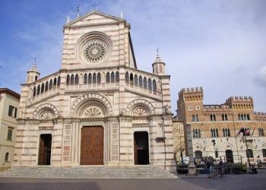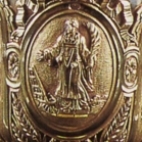Napoleonic itinerary: Grosseto Follonica
In February of 1801, with the treaty of Lunèville, Austria surrendered the Grand Duchy of Tuscany to France. The Grand Duchy was abolished and the Kingdom of Etruria was founded. In 1805, at the behest of Napoleon, the Principato of Lucca and Piombino was founded, while in December 1807, the Kingdom of Etruria was abolished, with the direct annexation to the French empire and the nomination of Elisa Bonaparte Baciocchi as Grand Duchess of Tuscany. From that moment and until the fall of Napoleon, the Maremma became part of the Department of the Ombrone, with Siena as capital.
The itinerary begins in the historical center of Grosseto, with the visit to the State archives (Piazza Socci 3) that conserve important documents from the period under French administration. Next is the visit to the adjoining Archaeological Museum and the art of the Maremma, where it is possible to admire the goblet and patena, alleged to have been given to the bishop of the city, Monsignor Fabrizio Selvi, by Napoleon.
Following the road toward Marina di Grosseto, going along the sea, we pass through Castiglione della Pescaia and into the Golfo di Follonica, a city closely tied to the Napoleonic period for its adjacent position to the Principato of Piombino and for the importance of its sea transport of iron and alum, from and for the Island of Elba, Corsica and France. In Follonica, there is a visit to the iron and cast-iron museum inside the plant, and Elisa's bathtub, exhibited in the garden of Villa Granducale, now the headquarters of the forest rangers.





























